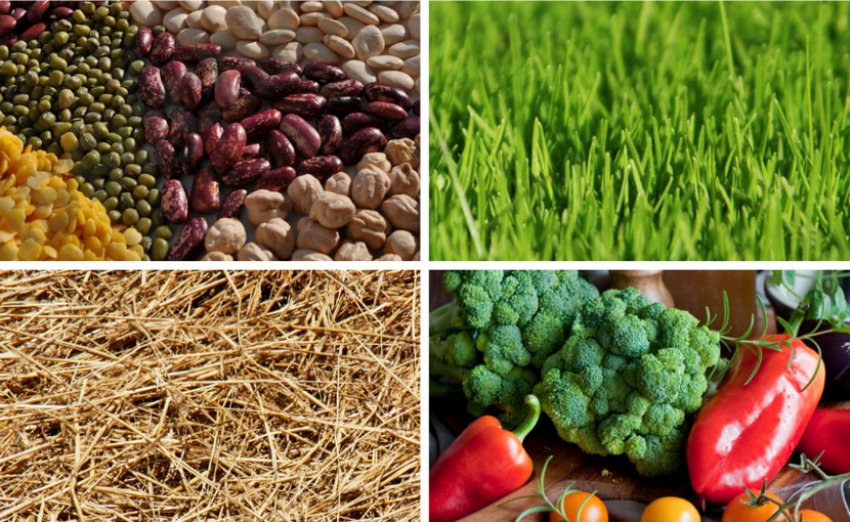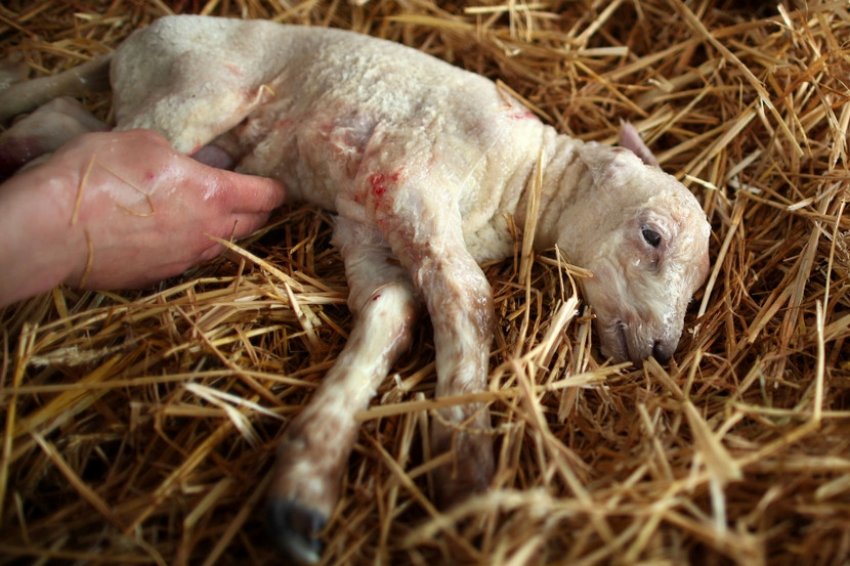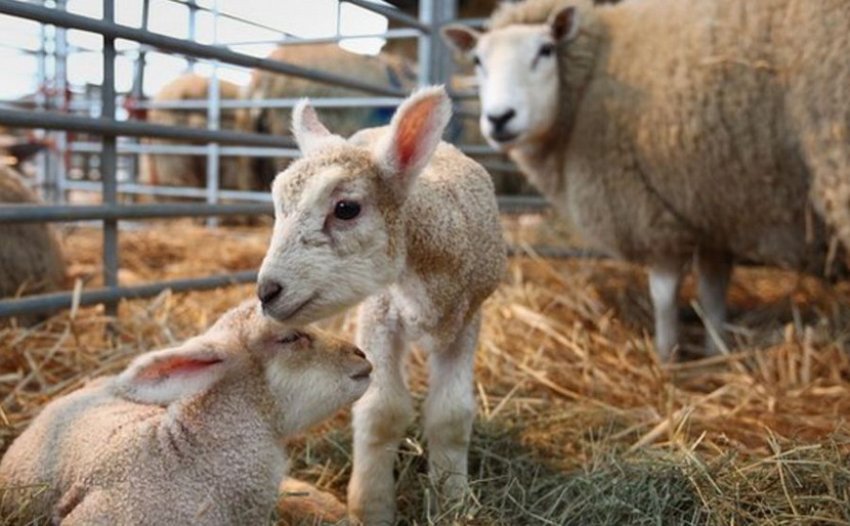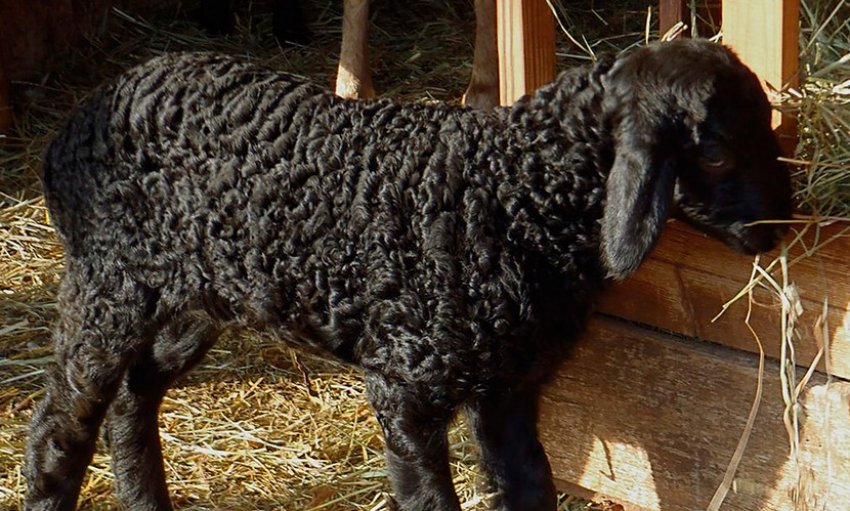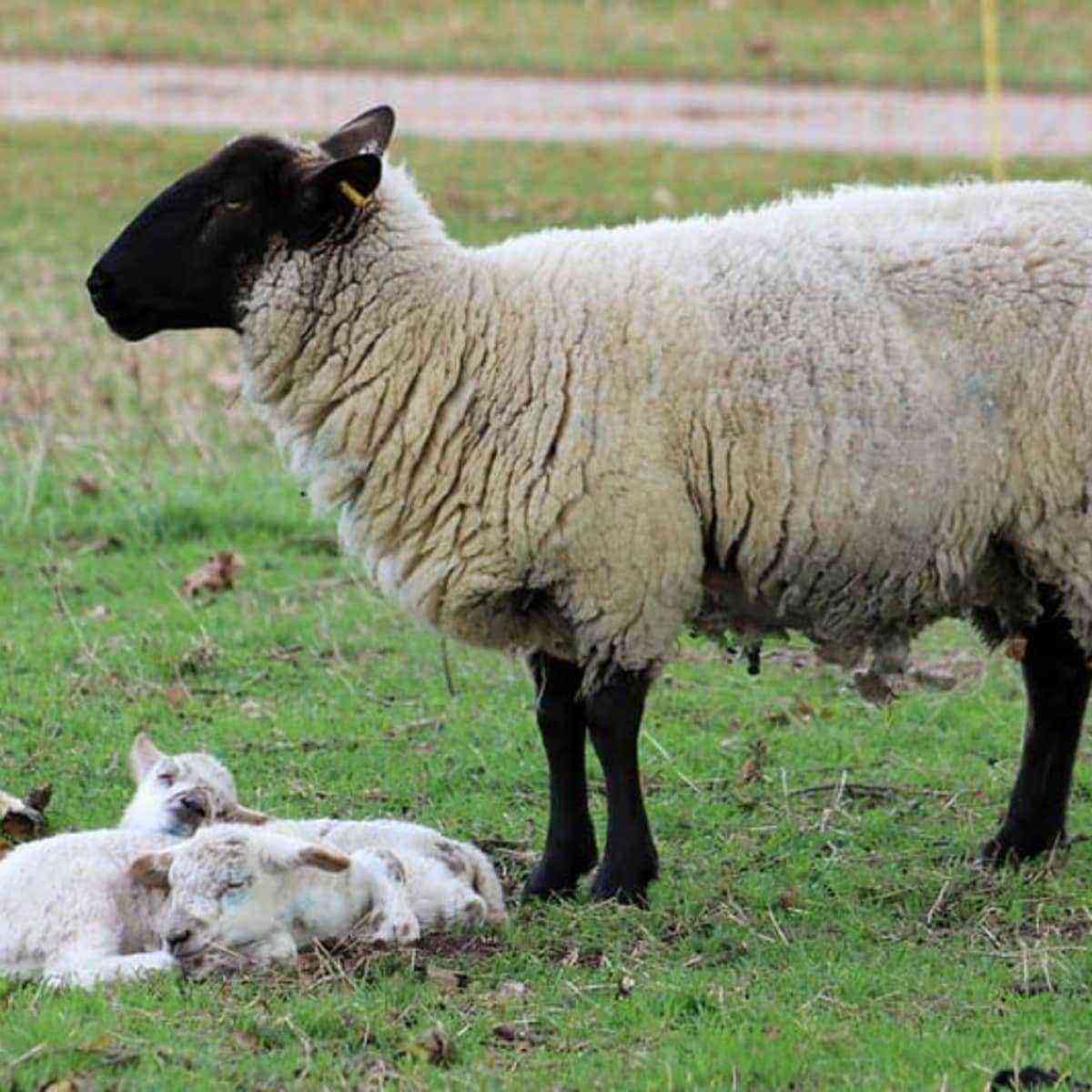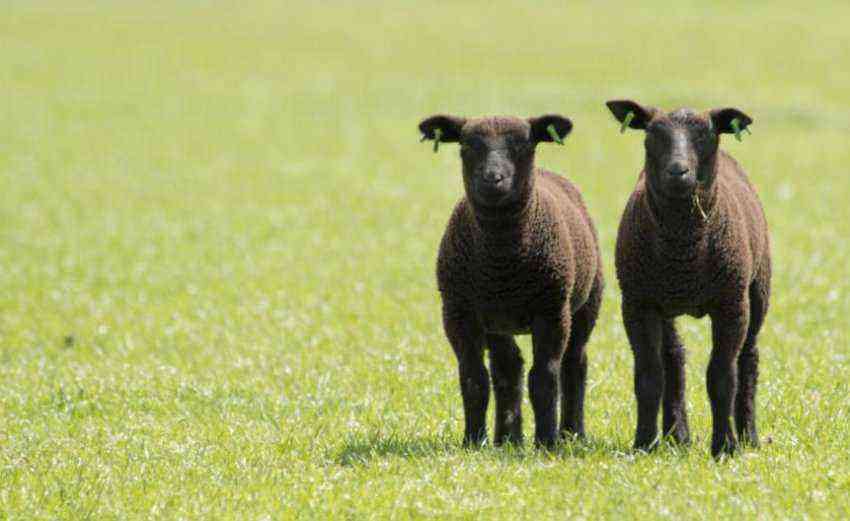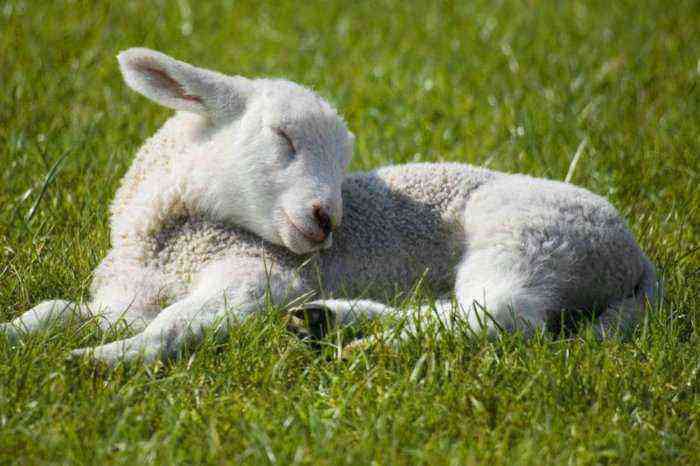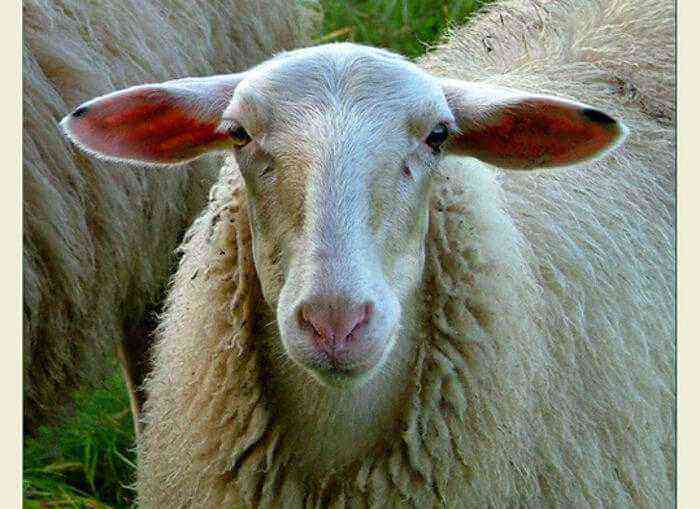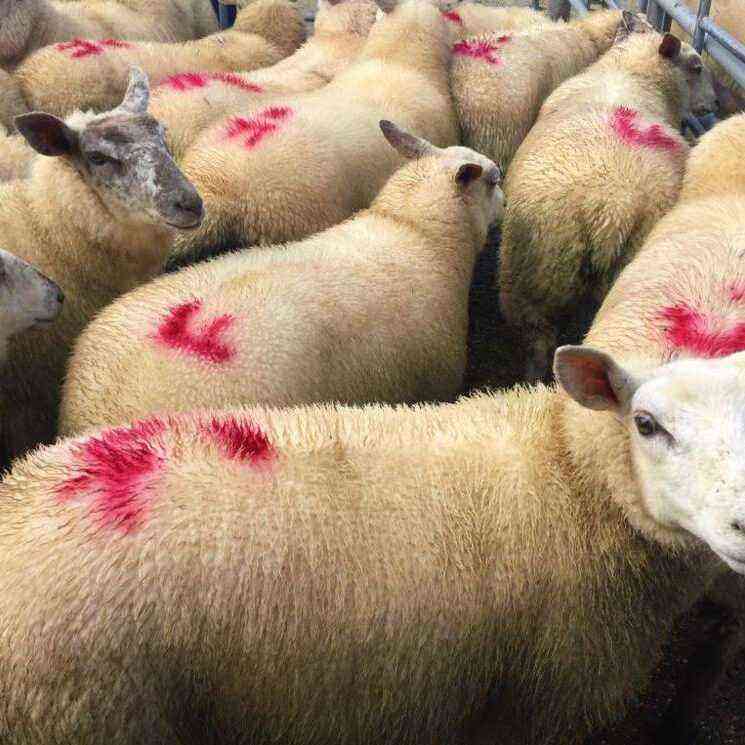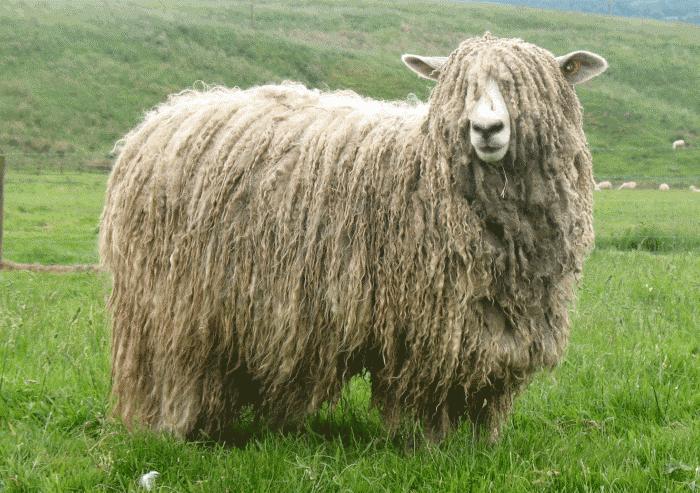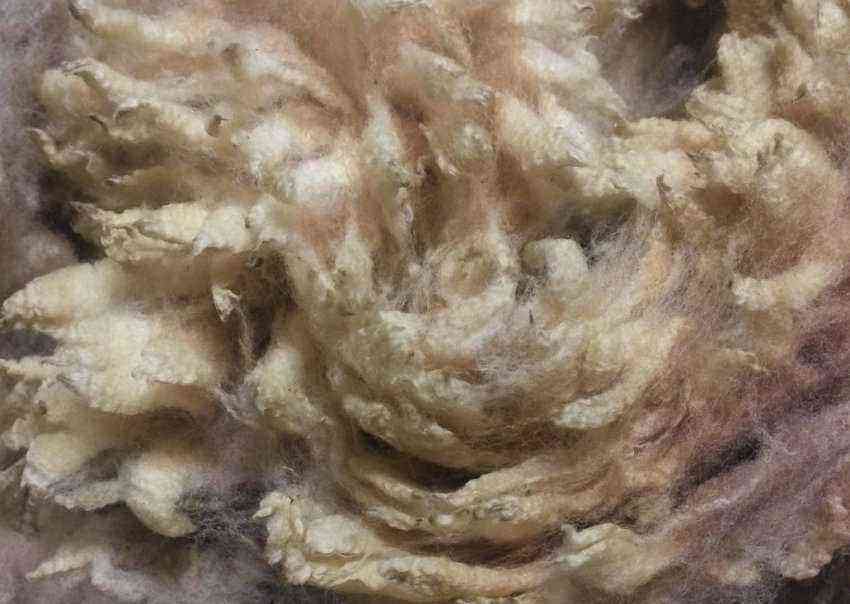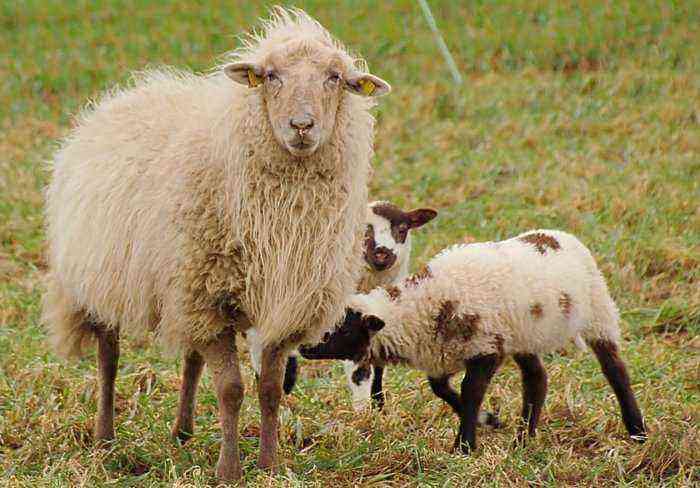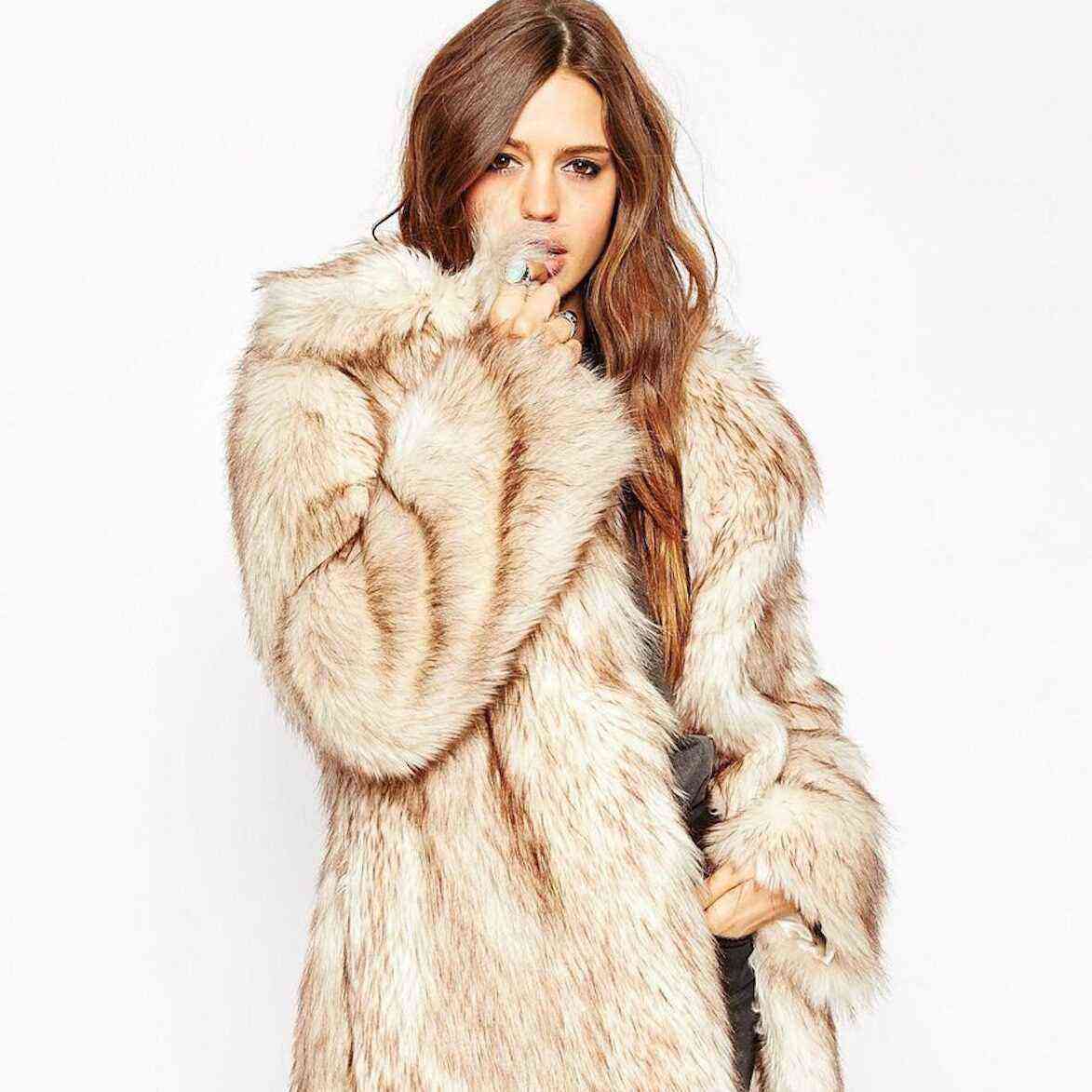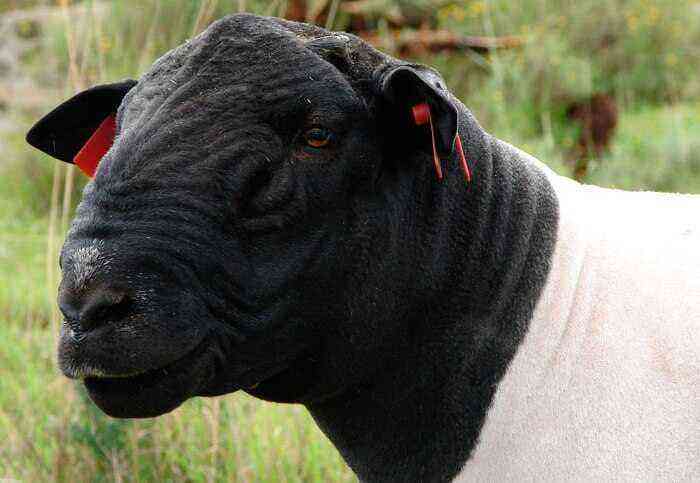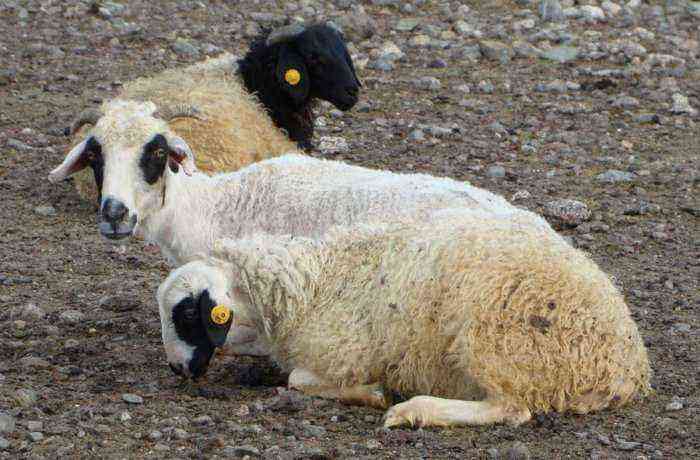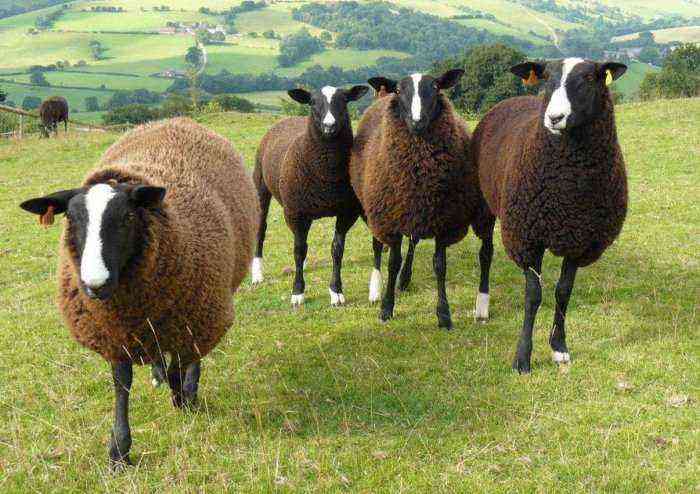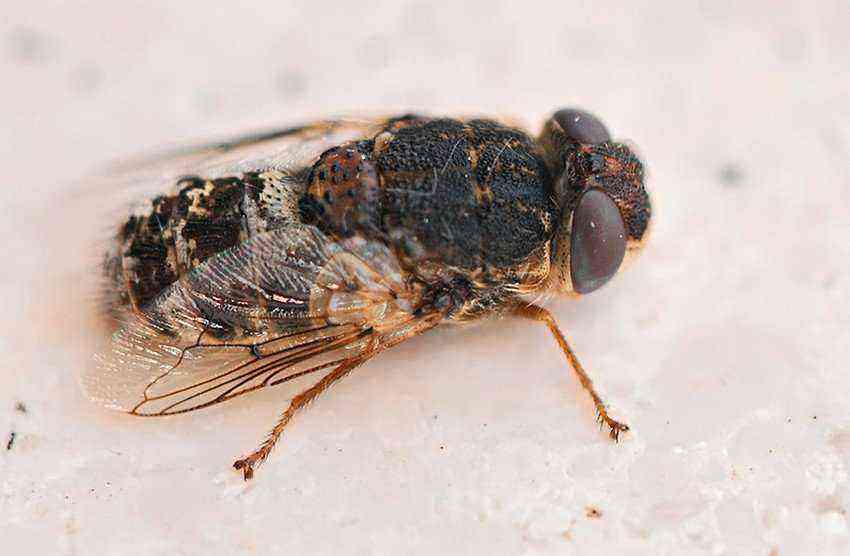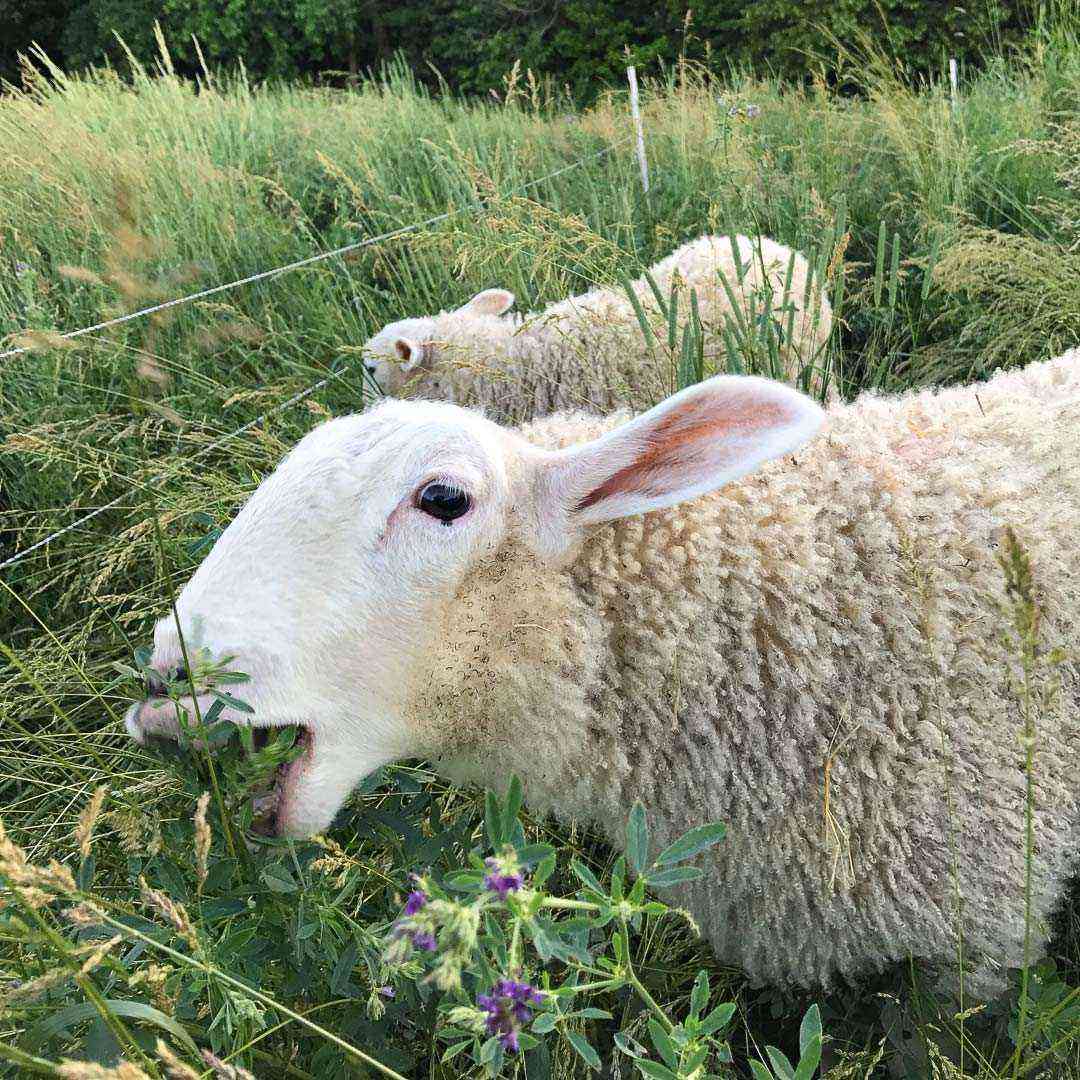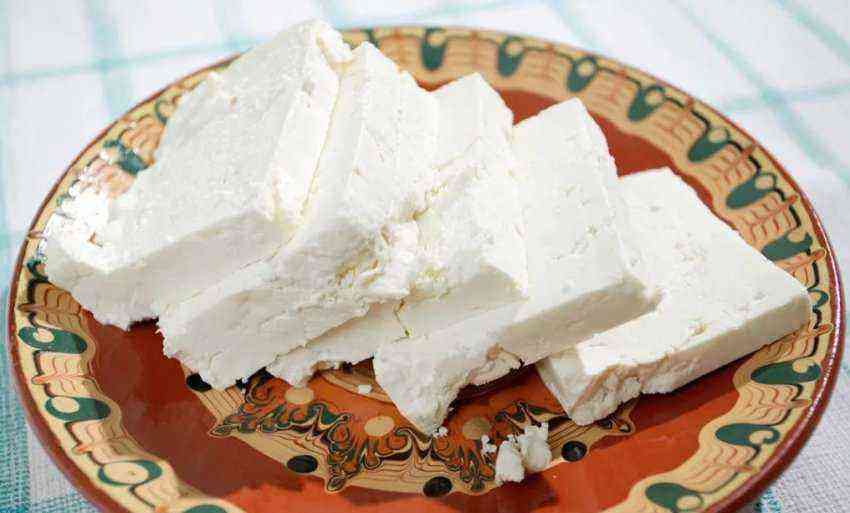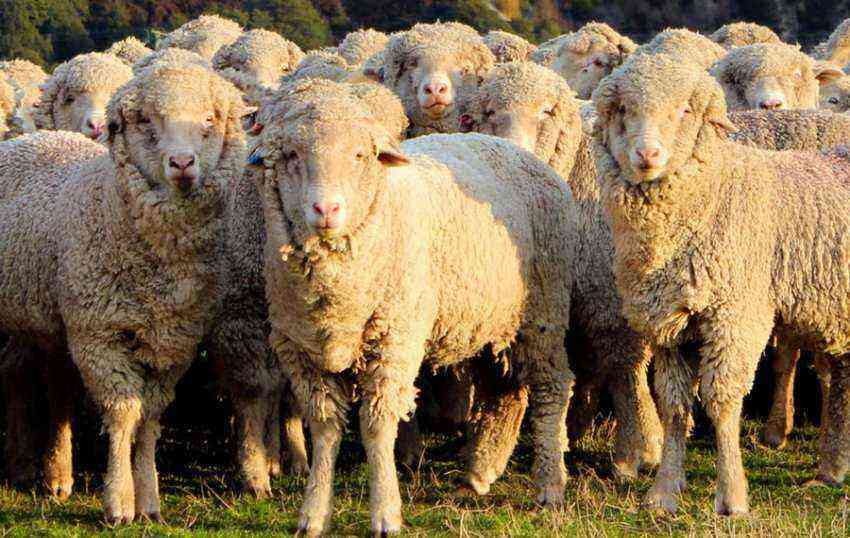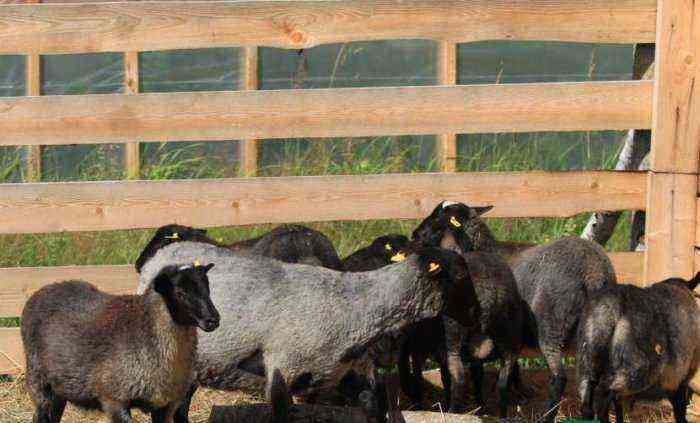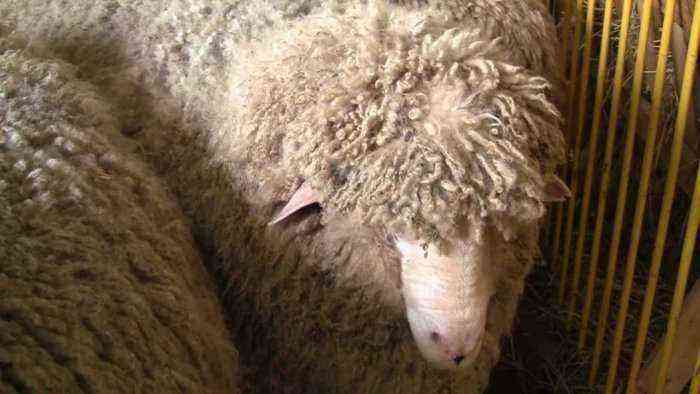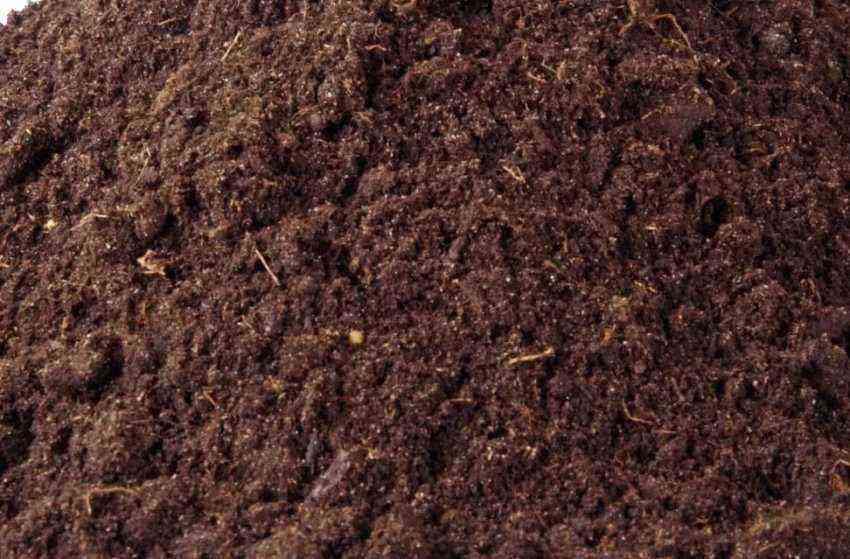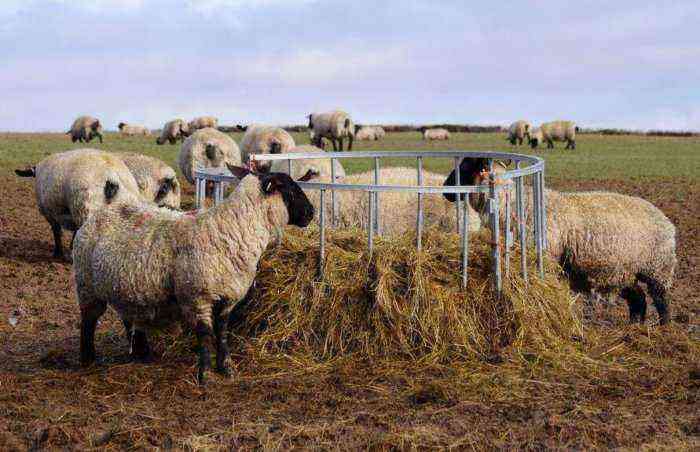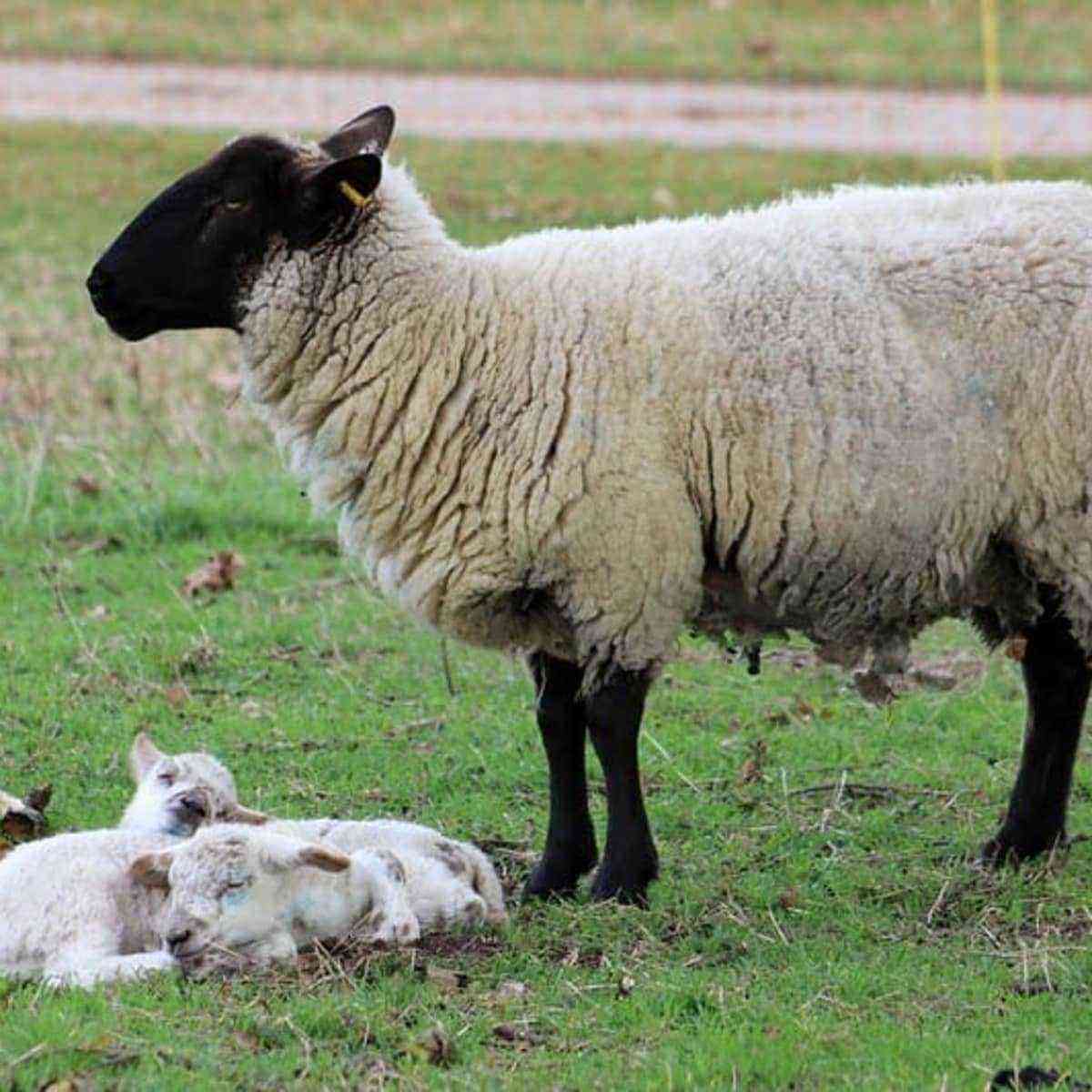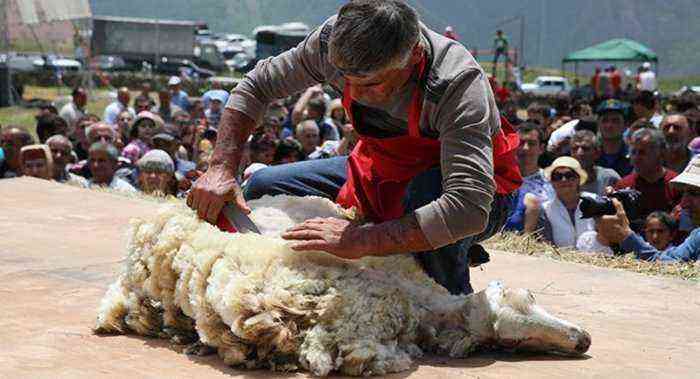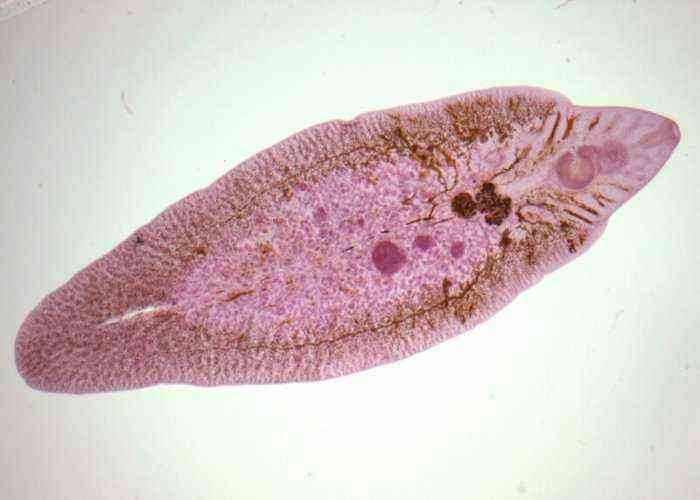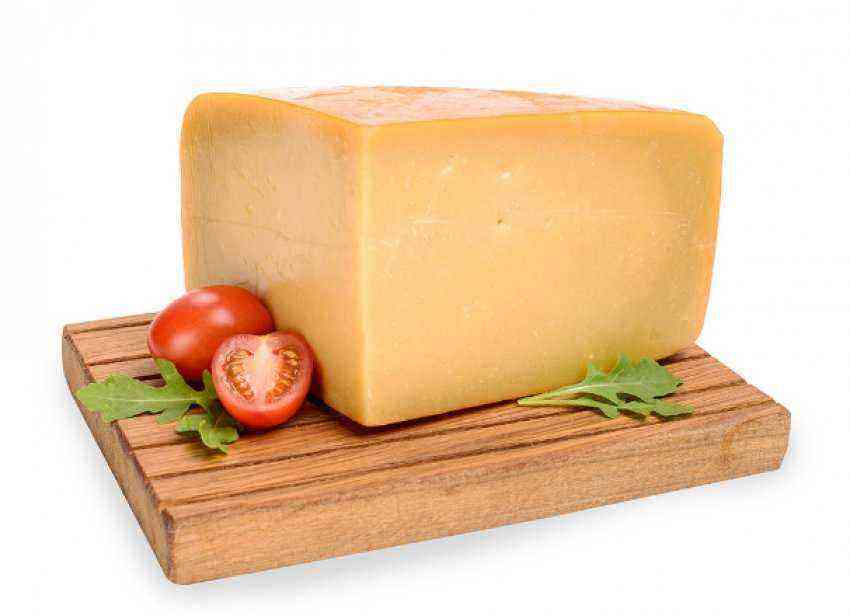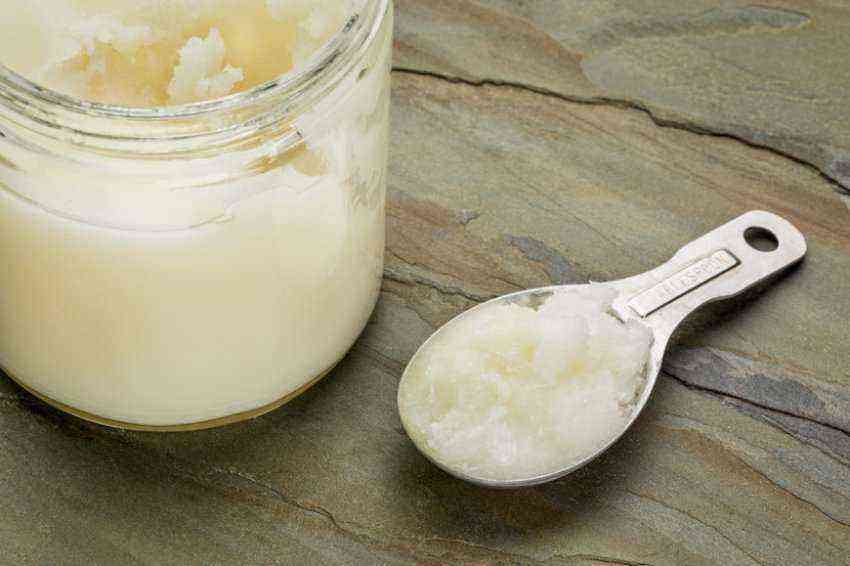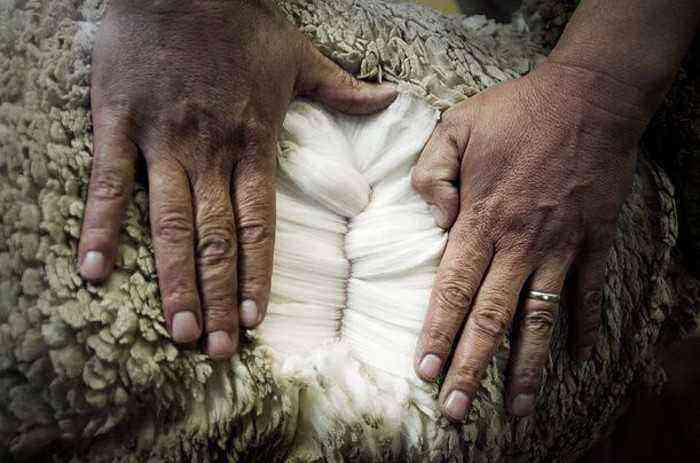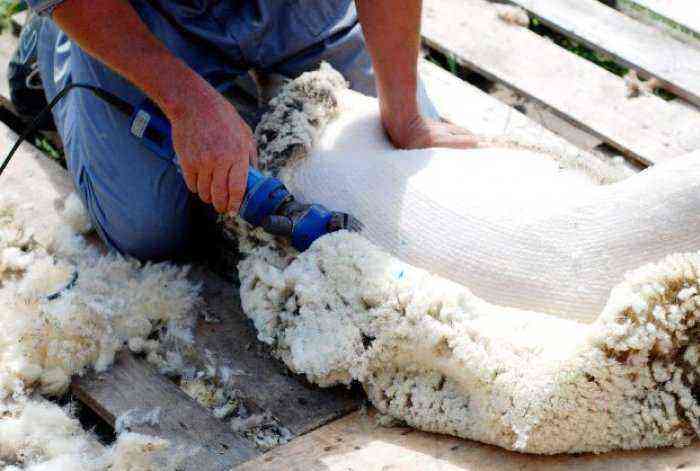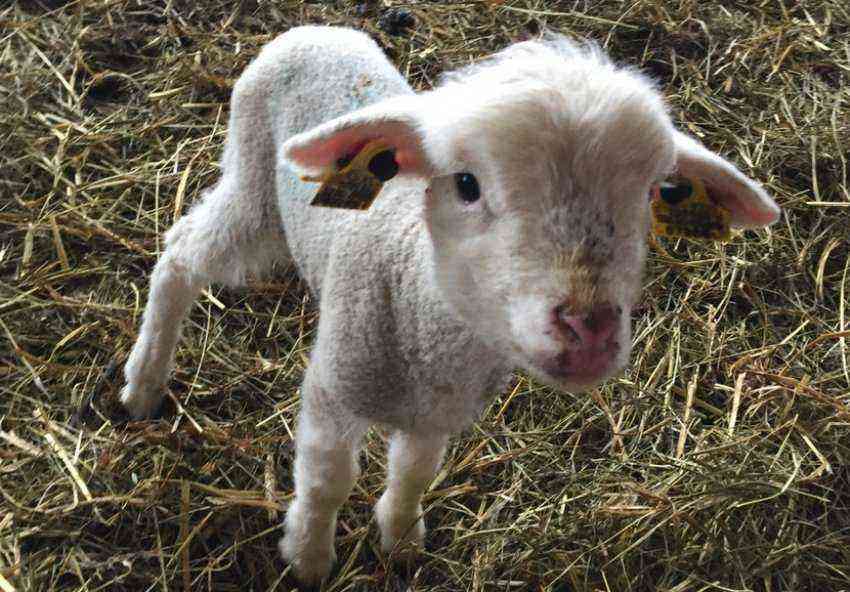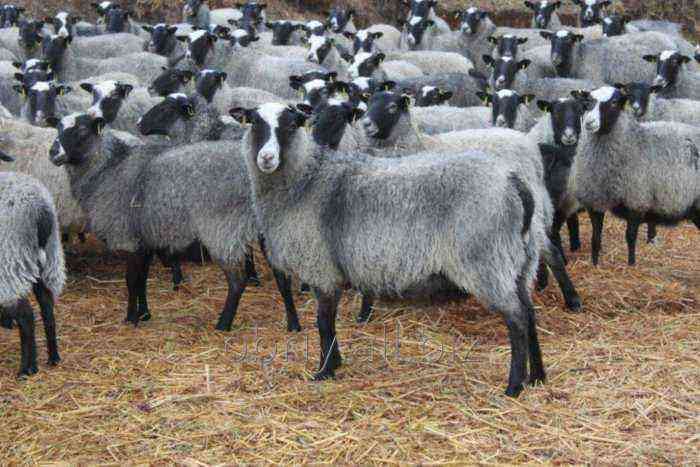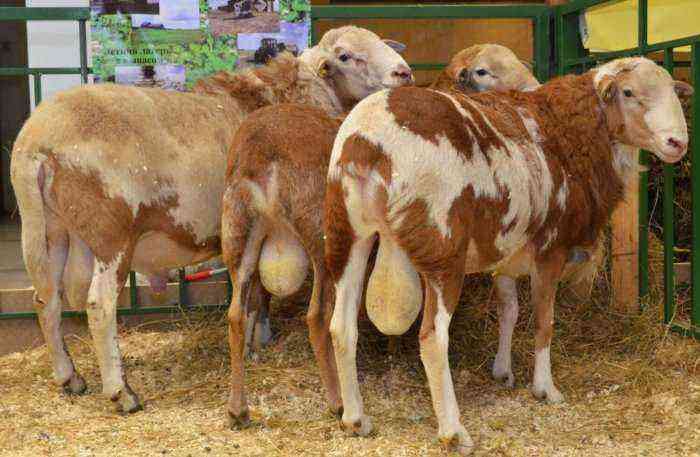The Karakul breed of sheep is one of the most ancient in the world. However, during its breeding, the attention of sheep breeders to it does not fade away. What is the reason for its popularity and how to grow it, we will consider in the article.
Karakul sheep
The Karakul sheep is classified as a coarse-haired species and a smushkovo-milk direction. Its main value is smushki: the skins of newly born lambs.
History of the breed
The homeland of the described sheep is Central Asia. It was bred in a natural way – by selection and culling, creating conditions favorable for growing. Presumably, fat-tailed and Arabian slender-tailed breeds were used for breeding.
Did you know? The most valuable breed of sheep in the world is the Scottish ram. In 2009 it was sold for 297 thousand euros.
The main characteristics of the breed
The Karakul sheep has characteristic external features that do not allow it to be confused with another breed.
Appearance and description
Animals have a strong and dry constitution. They have long legs and deep chests. The body is shaped like a pear.
Only males have horns, females are polled. Although in rare cases, horned females can also be found. A distinctive characteristic of females is that they have a straight profile, in males it is hook-nosed. The tails of both sexes are fat, having a double Z-curve at the end.
The average body weight for sheep is 60–70 kg, for sheep it is 45–50 kg. The height at the withers is about 75–78 cm. At birth, lambs weigh 5–6 kg each. The wool of sheep of the Karakul breed is long, it can reach 20 cm. It is heterogeneous in composition, rough to the touch.
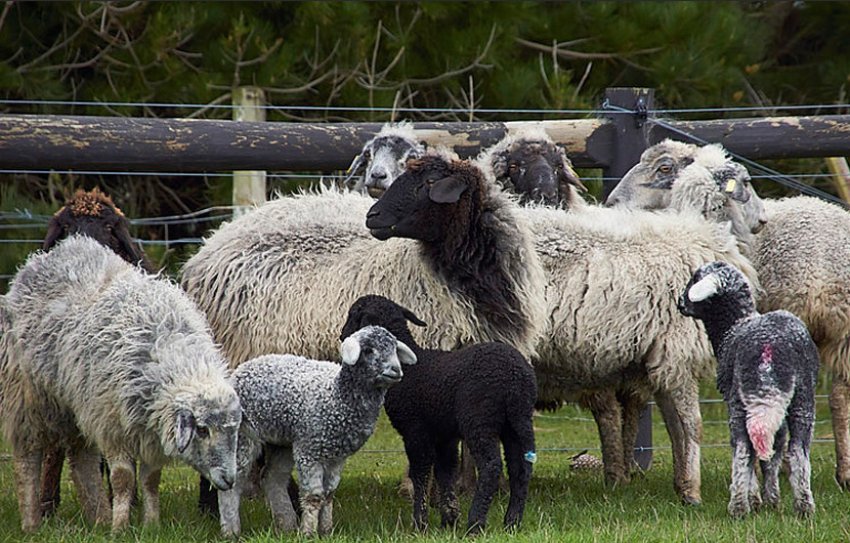
From fleece sheared from lambs, they make astrakhan, broadtail, astrakhan clothes. The wool of adult animals is used to make carpets and coarse fabrics.
Performance features: wool, meat
The annual shearing from one animal of the Karakul sheep is not too large – about 2,2–5 kg. The yield of pure fiber is 20–50%.

Those sheep that do not have very high-quality wool are put under the knife after they reach a weight of 10-12 kg. Females during lactation are able to produce about 30 kg of milk with a fat content of 7–8%. Sheep of the Karakul breed are prolific – 100 queens bring 130-140 lambs.
Types of karakul
Karakul is the skin of newborn lambs, which is removed at the age of 1-3 days. It is characterized by silkiness, fineness, elasticity, pronounced brilliance, the presence of curls that form a unique pattern.
There are 3 main types of astrakhan fur:
- Uzbek (valek, bob) – light, with tight tubular curls.
- Afghan – heavy, with a ribbed-flat pattern.
- The South African Swakara is lightweight, durable, with a flat curl that forms a ribbed pattern.
According to the type of curls, 2 types of astrakhan are distinguished:
- Flat – with lying curls of irregular shape.
- Tall – with curls that look like tubes lying in a row.
Broadtail is the skin of premature babies. It is distinguished by its thinness, smoothness, slight extensibility, gloss, moiré pattern, and the absence of clear curls. Broadtail is one of the most expensive varieties of broadtail, but it is characterized by low wear-resistant qualities.
Did you know? In 2015, a sheep was registered in Australia with the maximum amount of shearing – about 40 kg. The sheared wool is enough to make 30 sweaters.
Advantages and disadvantages of the breed
- Those sheep breeders who had experience in growing Karakul sheep note the following positive characteristics in them:
- high level of fertility;
- large milk yields;
- endurance and ability to live in a harsh and hot climate;
- strong immunity;
- high heredity;
- high percentage of survival of young animals;
- fur value.
There are practically no shortcomings in the breed. You can only name the chopping of animals when kept in a non-dry climate.
Video: Karakul sheep
Care
For the maintenance of sheep, a sheepfold is necessary: it must be insulated, dry. It needs to install high-quality ventilation for good air circulation and eliminate excess moisture. The temperature in winter should not fall below + 6 … + 8 ° С.
Important! If you breed Karakul sheep on pastures with lush grass, then the quality of their wool is significantly reduced.
The room should be regularly cleaned and disinfected. Straw can be used as bedding. Sheepfold should be equipped with feeders, drinkers, mangers.
Animals need daily walking. Sheep should be driven out to pasture in cool weather when the dew dries. Otherwise, wet hair can cause diseases.
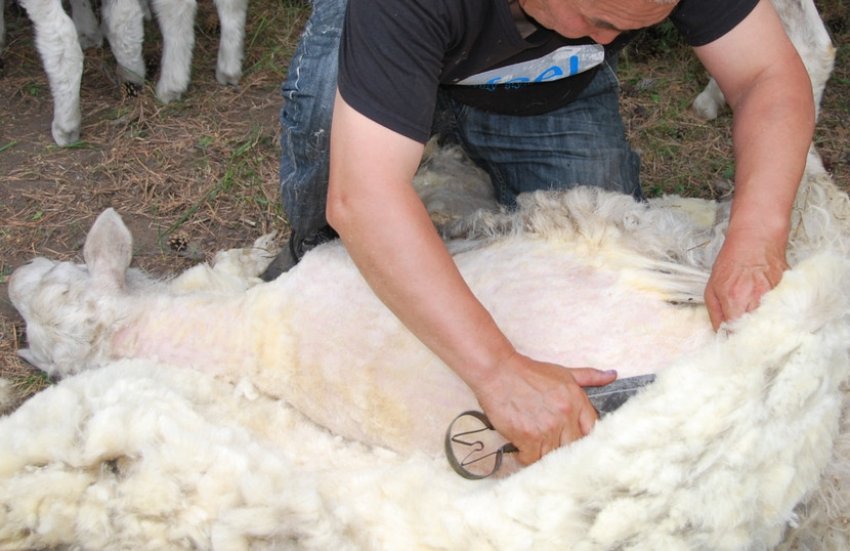
The described breed is distinguished by strong immunity. Its representatives get sick very rarely – subject to unsanitary living conditions and lack of proper care.
An important condition for keeping sheep is the correct diet. The menu of animals must be present:
- grass;
- hay;
- straw; cereals (oats, rye, corn, wheat);
- legumes (alfalfa, sainfoin);
- fresh vegetables (root crops, melons);
- salt.
The winter diet may consist of the following ingredients:
- cereals – 25% of the total feed;
- oil cake – 13%;
- salt – 1%;
- dicalcium phosphate – 1%.
Important! It is forbidden to feed Karakul sheep with swamp grasses, sour cereals, and beets. Young people should not be given bread.
A prerequisite for maintenance is the presence of a large amount of clean water. An adult animal needs at least a bucket of water per day. It is advisable to equip the walking area and the sheepfold with automatic drinkers.
Reproduction
One female of the Karakul breed brings from 130 to 150 lambs in her life. Sexual maturity of these animals occurs at 6–8 months, but 18 months is considered the optimal age for mating. It was at this time that the body of the sheep is fully prepared for pregnancy and childbirth.
Mating should be done during the female’s hunting period, the beginning of which can be determined by characteristic signs: swelling and redness of the genital organs, mucous secretions, aggressive behavior towards other females. The duration of the hunt is 2 days. The case of animals is not recommended more than once a year.
The obvious signs of pregnancy are:
- lack of sexual hunting;
- weight gain;
- loss of interest in sheep.
lambing
Lambing occurs 5 months after mating. If the animal is healthy, then, as a rule, it does not need human help. The owner only needs to prepare a place for childbirth and babies, as well as agree with the veterinarian in case of complications.
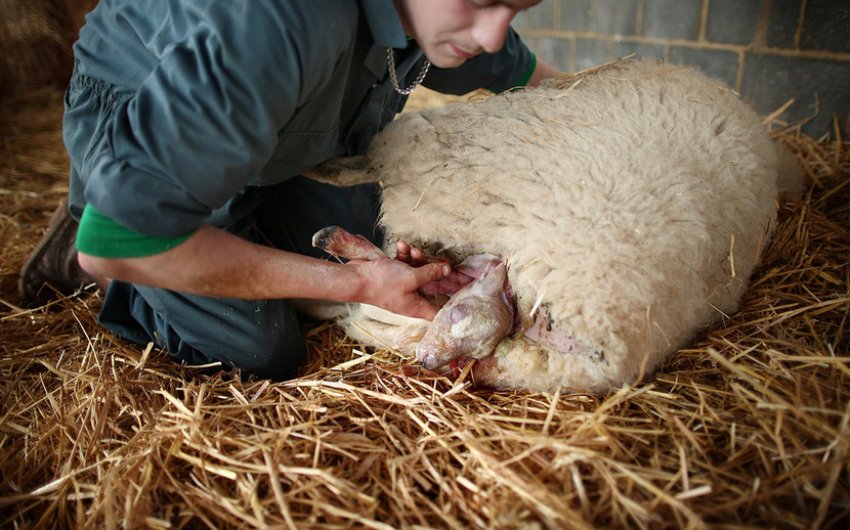
The interval between the birth of several lambs is 15 minutes. Preparing the room for childbirth should be done 1–1,5 weeks before the expected date. If a sheep will give birth in a common room, then she needs to fence off the place, covering it with a high layer of bedding.
The following signs indicate the approaching lambing:
- an increase in the size of the udder;
- sagging life;
- swelling of the external genitalia.
When these signs appear, the sheep must be transferred to a room separate from the general herd. In winter, it must be necessarily warm, clean and dry. It should have a feeder and a drinker.
During lambing, a person should observe the process in order to come to the aid of the animal in time in case of complications. The sheep gnaws the umbilical cord on its own, but just in case, sharp scissors should be prepared and disinfected. Iodine is also required. The umbilical cord is cut at a distance of 8-10 cm and disinfected with iodine.
We offer you to familiarize yourself with what you need to know about goat lambing.
Also, the help of a person may be needed if the mother did not lick the animal and did not clear its nasal passages. The owner must clean them himself.
The first time the lamb should be left near the mother. For 40 minutes, he is fed with colostrum. The first feeding of the woman in labor is carried out 4 hours after lambing.
It is important to ensure that the afterbirth comes out in a timely manner. Its release should occur within 6 hours. During this period, the sheep need to provide a lot of water.
If during this time the afterbirth does not appear, you should immediately seek veterinary help. This situation is a complication of lambing, poses a threat to the health and life of the woman in labor. The released placenta must be immediately removed and buried. The litter on which the birth took place should also be buried. To exclude other complications, the condition and behavior of the sheep must be observed for another 8 days.
Video: How to give birth to a sheep
Raising lambs
Lambs are weaned a few days after birth. In the future, they are brought together with their mother only for feeding – every 3 hours. Complementary foods are introduced from the 15–20th day of life. At this time, concentrates and hay are introduced. After that, decoctions of oatmeal and cake are given.
Initially, complementary foods should be about 60 g, and then it must be increased to 120 g. At the age of three months, the lamb should consume 300 g of complementary foods. From this time it can already be gradually transferred to adult feed.
Walking lambs can start at 2-3 weeks, starting with 15-20 minutes a day and gradually increasing the duration of exposure to fresh air up to 1 hour.
Breeding areas
Today Karakul sheep are grown in 50 countries: in Iran, Afghanistan, Namibia, South Africa, Russia, Ukraine, Moldova, Uzbekistan, Tajikistan, Turkmenistan. There are about 31 million heads worldwide.
Undoubtedly, sheep of the Karakul breed deserve the attention of sheep breeders. They are unpretentious in care, do not require special nutrition, are very hardy, and can live in harsh climatic conditions. Breeding these animals is a lucrative business as the demand for astrakhan and broadtail remains high.

